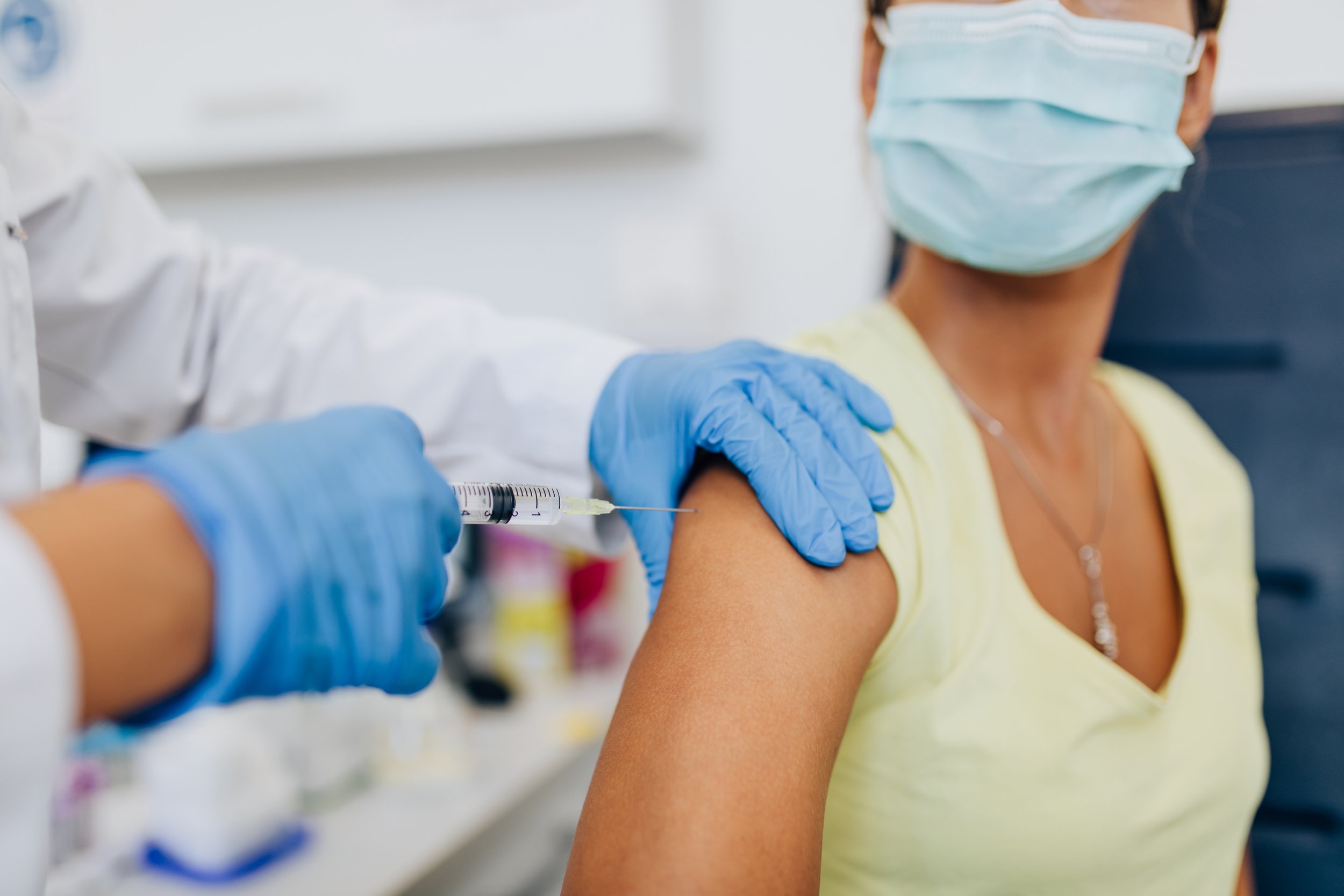Breakthrough in Virus Research Using Sound Wave Technology

In today’s world, the ability to rapidly develop antiviral therapies and vaccines has become crucial, especially in the face of global pandemics and emerging infectious diseases. One of the significant challenges researchers face in this process is the need to isolate viruses effectively from complex biological samples, such as saliva or blood, to study them closely.
Understanding the structure, behaviour, and genetics of these viruses provides essential data that can lead to the creation of new treatments and vaccines. However, traditional methods of isolating viruses can be slow and labour-intensive, creating the need for more efficient techniques.
In a recent article, a group of researchers described a novel approach to virus isolation using a technology that involves sound waves. These "acoustic tweezers" work to sort and separate viruses from other particles in biological fluids. This method, published in ACS Nano, shows promising results in quickly and accurately extracting viruses from complex samples like saliva, speeding up a previously time-consuming process.
By isolating, identifying, and genetically sequencing a virus, scientists can gather valuable information that helps them understand how viruses cause diseases and how to create effective treatments. Traditional methods of separating viruses, such as ultracentrifugation and cell culture techniques, are not only slow but also require considerable resources and technical expertise. As a result, there has been a push for methods that can simplify and accelerate this process without compromising accuracy.
Researchers Luke Lee and Tony Jun Huang explored the use of acoustofluidics, a technology that utilises sound waves to separate particles in liquid based on their size. They found that a specific type of sound wave, known as a Bessel beam, could be fine-tuned to sort nanosized particles, making it ideal for isolating viruses. The unique feature of Bessel beams is their ability to remain tightly focused over long distances, functioning almost like tweezers that can grip and manipulate extremely small objects with precision.
The device developed by Lee, Huang, and their team is known as the Bessel beam excitation separation technology (BEST) platform. This platform consists of a rectangular chip with an inlet for loading samples at one end and separate outlets for waste and viruses at the other end. The system works by directing two acoustic Bessel beams across the chip in a way that runs perpendicular to the sample flow. By adjusting the wavelengths of the sound waves, the researchers were able to sort particles of different sizes.
In practice, particles larger than 150 nanometres (nm) in diameter were trapped on the chip, while those smaller than 50 nm were filtered out through the waste outlet. Viruses, which are typically between 50 and 150 nm in size, were collected from the virus outlet, effectively isolating them from the other particles in the sample. This method was tested on human saliva samples loaded with the SARS-CoV-2 virus, and the results were impressive.
The liquid collected from the virus outlet on the BEST platform contained 90% of the viral genetic material, while the liquid from the waste outlet had no viral material at all. This clear separation demonstrated that the platform was highly effective at isolating viruses from the sample. The researchers further validated their findings using electron microscopy, which revealed that the liquid taken from the virus outlet contained viruses, whereas the waste liquid did not.
Although the BEST platform has shown remarkable potential, there are still some limitations. Currently, the technology is unable to separate viruses smaller than 50 nm, such as parvoviruses. However, the research team is actively working to extend the capabilities of the platform, with the goal of making it effective for a broader range of viruses. This advancement would open up new possibilities for developing treatments for a wide array of viral diseases.
As the researchers continue to refine this technology, the impact on virology and therapeutic development could be substantial. The ability to isolate viruses quickly and with precision could accelerate the development of vaccines and antiviral drugs, offering hope in the fight against both common and novel viral infections.
Author:
Alex Carter
Content Producer and Writer





